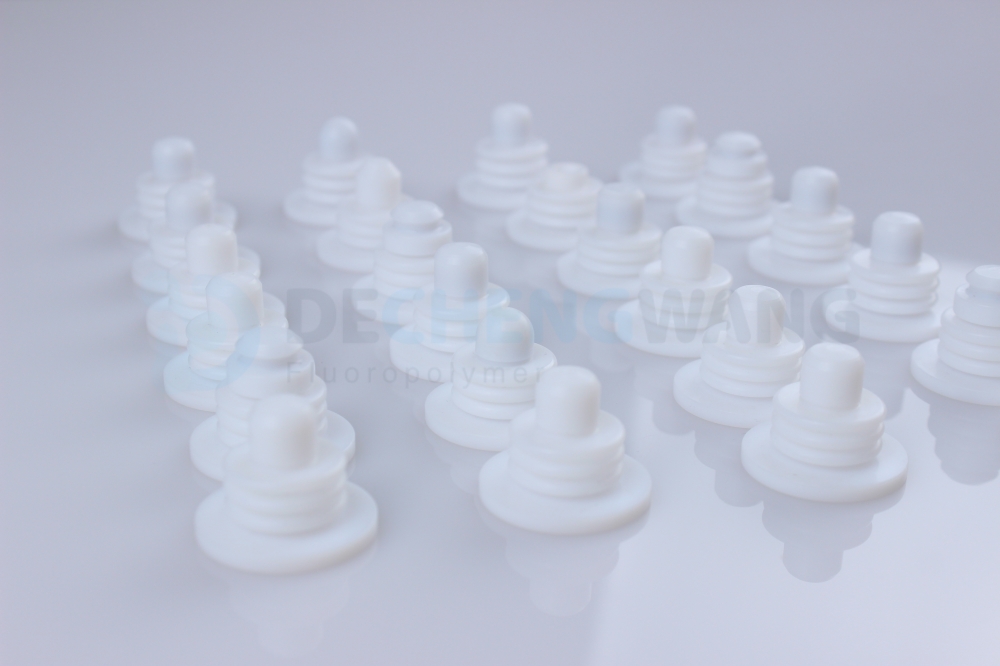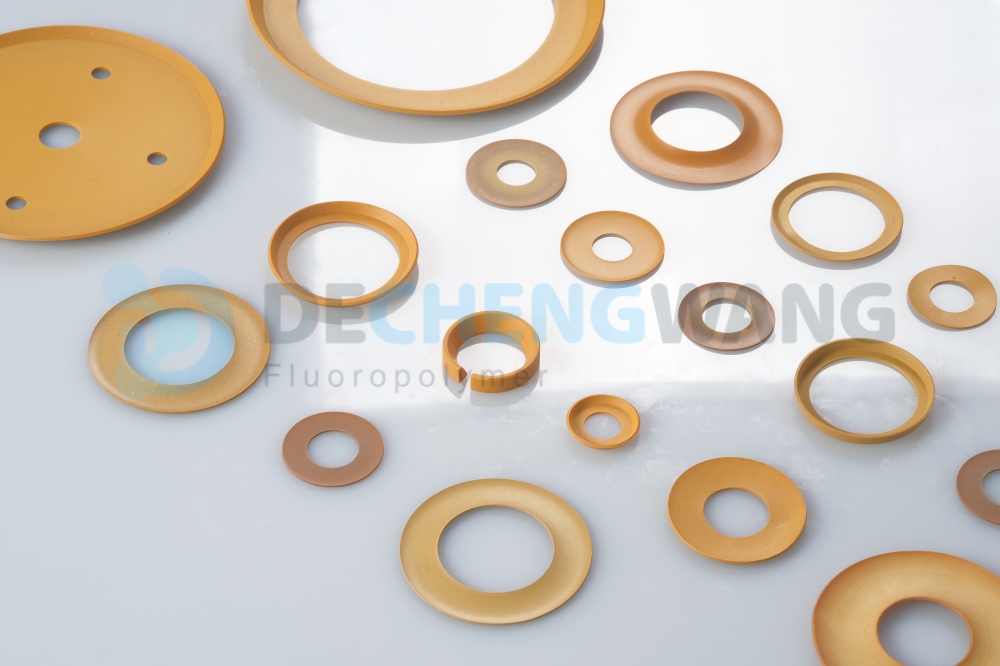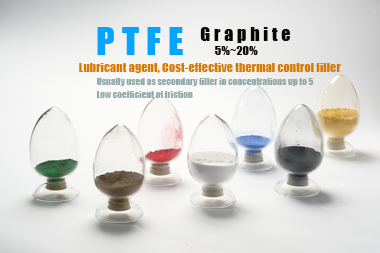
Applications: PTFE Bellows seals for valves
Bellows Mechanical Seal are a type of mechanical seal where the spring element is a bellows. They are a critical component in preventing fluid or gas
O-rings are one of the most common and preferred seals used for fluid machine systems, including PTFE machined parts. The functions of an o-ring are so enormous and important that the machine system can break down if it’s not properly installed. When the o-ring installation is bad, there will be leakages and foreign components will enter, causing damage to the machine.
While a little mistake during the o-ring installation process can cause a lot of damage to your machine, there are some simple tricks that can be used to make the installation successful.
In this o-ring installation guide, we will be sharing with you some tips for installing o-rings successfully, as well as the proper ways of how to install o-rings.
These are some of the tips that will help you in having a successful o-ring installation.
Before buying an o-ring seal for your application, you need to confirm the appropriate size. This is an important factor that affects the o-ring installation process. If the o-ring is too small, it won’t fit into place, and will likely tear when elongated. Even if you are successful with stretching it and forcing it to stay in place, over time, it will tear. Thereby, causing leakages in the machine and openings for external components to enter and contaminate the machine flow.
Generally, the wrong size of an o-ring leads to serious damage to both the seal and the whole machine system.
Lubricants are essential instruments for installing o-rings. This is because when they are rubbed on the o-rings, friction is reduced, making the insertion into the shaft very easy.
Also, there are several lubricants on the market, but not all of them are suitable for every o-ring material. So, you need to look out for the right lubricant when considering your options. The right lubricant ensures that the seal doesn’t swell or shrink, and it prevents other complications to your machine. Not only that, the right quantity that will be applied will vary based on your application and the o-ring material.
Speaking of o-ring material, there are different types of materials used to make o-ring seals. Different amounts of lubricant are to be applied on them, and while working at high pressure, they tend to exhaust the lubricant, which makes them tear easily. However, PTFE material is different; it’s considered as the future of seals. PTFE o-rings are conditioned to function properly even with a little lubricant.
Material selection is another factor that shouldn’t be joked with as it affects how the o-ring installation will be. Consider the properties of the materials, such as their resistance to temperature, pressure, and friction. This helps to prevent future complications.
There are many materials used in making o-rings. Some of them are nitrile, viton, leather, and PTFE. But amongst all these, PTFE has proven to be the best as it can function properly in any condition. So, to be on the safer side, you should get your o-ring from one of the best PTFE components manufacturers available on the market.
Another great tip on how to install o-rings is to follow the manufacturer’s instructions. For example, use the o-ring only for the sizes of shafts specified by the manufacturer. Following an appropriate design plan that’s created by the manufacturer will make your application successful.
It’s important to know how to install an o-ring without causing any damage to it or the machine. These are the processes you need to follow:
The first step is to lightly coat the o-ring with lubricant. This will make the seal perform more effectively, shield it from damage, and have a longer lifespan. Rubbing the O-ring with a thin film of lubricant helps to fill the gaps where the o-ring will join the mated part; also, it prevents drying out, lowers tensions between the surfaces, and tightens the part to stay in place.
After lubricating the o-ring, the next step is to protect it as you insert it into the shaft. Some o-ring installation will be around sharp edges or parts, and if they are improperly installed, they can easily get torn or nicked. While the tear might not be very visible, the lifespan of the o-ring has been reduced.
To prevent this, you have to cover the sharp edges and parts. You can use masking tapes, and then lubricate them with lubricant, so that the o-ring will slide in smoothly.
O-rings are made from elastomeric materials, meaning that they can be stretched. However, you need to be cautious while stretching them. Don’t overstretch them to prevent tearing or breaking during installation. The stretch should be between 1.5% and 2%, and any stretching should be done evenly rather than only on one side.
During installation, ensure that you don’t roll the o-ring into the shaft, as this can cause spiraling. An o-ring with a spiral wound will get damaged easily, which in turn leads to leakage. The appropriate way to install an o-ring into a shaft is to slide it in. This is why you need to lubricate the o-ring so that it will slide down the shaft easily.
After all these processes are completed, you need to check and double-check to confirm if the o-ring is properly positioned. And if it’s not, try to balance the positioning while it’s in the shaft, but you need to be careful so that the o-ring won’t get damaged in the process. Better still, you can remove it, lubricate it again, and redo the processes.
PTFE material is a perfect ingredient in making more reliable oil seals. These materials are used to make oil seals that can resist dry or unlubricated operations. PTFE oil seals, which are also called teflon oil seals, have a thermal strength ranging from -202 degrees Fahrenheit to 392 degrees Fahrenheit and an excellent chemical resistance. Oil seal PTFE is considered as the future of radial shaft seals.
O-rings are used in different industries to ensure the optimal functionality of machinery. It’s very important that they are installed properly because the way they are installed determines how effective they will work and how long they will last.
In this post, we’ve given a comprehensive o-ring installation guide, including the tips for perfect installation and the processes on how to install an o-ring. You can contact us for more professional tips.

Bellows Mechanical Seal are a type of mechanical seal where the spring element is a bellows. They are a critical component in preventing fluid or gas

In the world of engineering and manufacturing, where precision and efficiency are paramount, the role of wear resistance plastic has evolved far beyond their conventional image.

PTFE is a versatile polymer with outstanding properties like chemical resistance, low friction coefficient (self-lubricating), non-stick nature, and excellent electrical insulation. However, it also has some